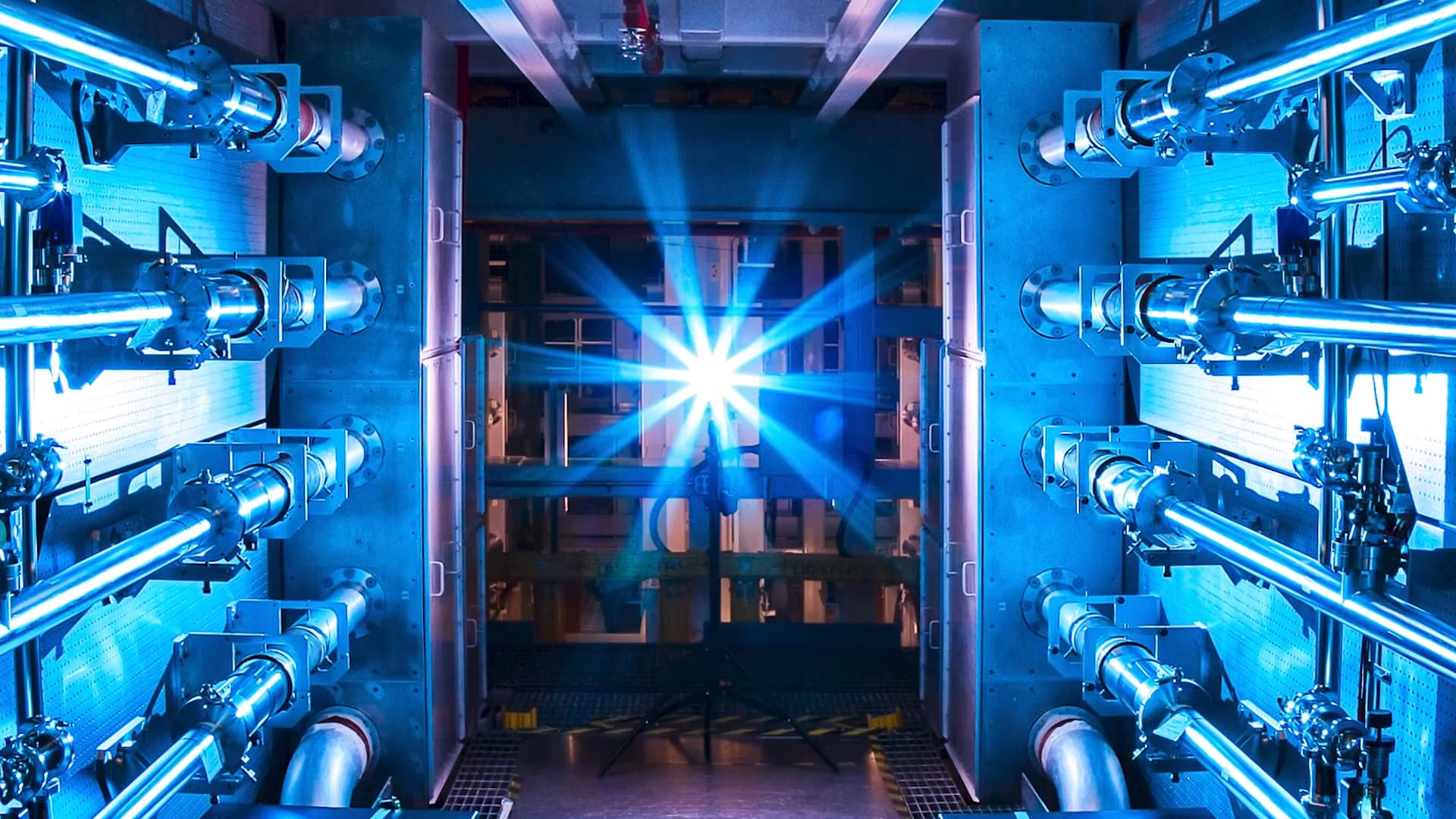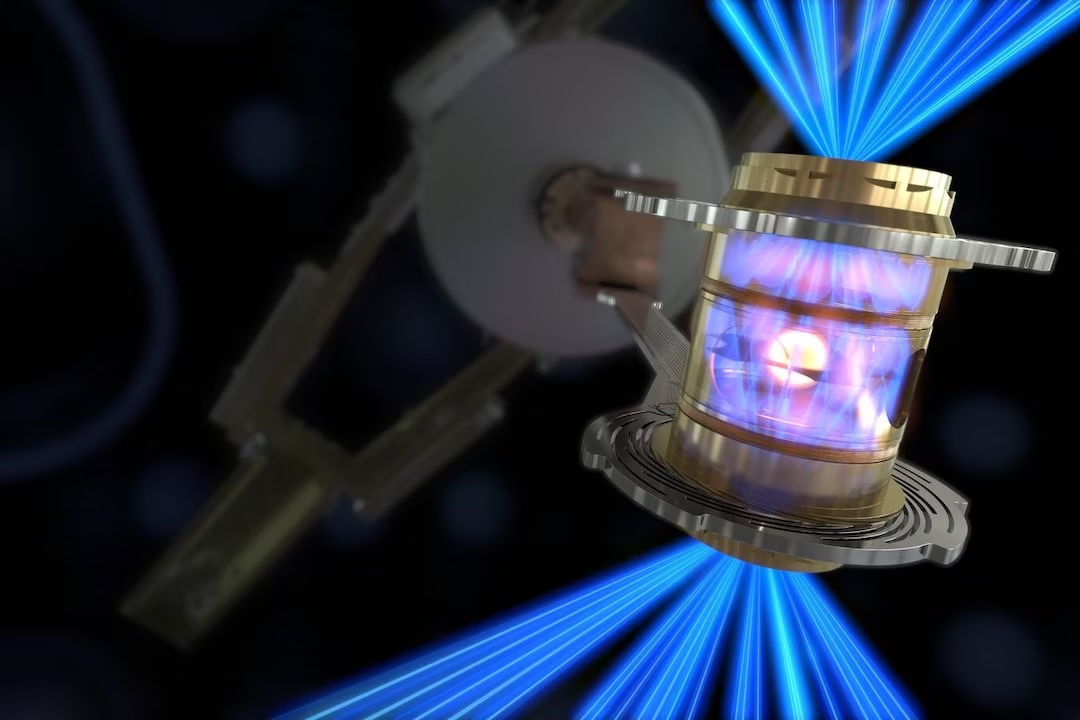A team of U.S. scientists claims to have repeated their groundbreaking achievement—a nuclear fusion reaction that generates more energy than is put into it.
This time, however, they report an even higher energy yield than the widely publicized experiment in December, which marked a significant advance toward the long-sought goal of producing energy through fusion.
This second milestone, achieved by researchers at the federal Lawrence Livermore National Laboratory in California, represents another critical step forward, though the journey toward a practical, limitless source of cheap and clean power may still take decades.
“We have continued to perform experiments to look through this exciting new scientific territory. On July 30, we achieved ignition again at the National Ignition Facility,” said Paul Rhien, a spokesperson for the federal laboratory, in an emailed statement.
“The analysis of these results is ongoing, but we can confirm that the experiment yielded more energy than the December test.”
Rhien mentioned that the laboratory will not discuss further details of the July experiment until more analysis is completed.
However, the team intends to share the findings at scientific conferences and through peer-reviewed publications as part of their standard process for disseminating scientific results.
Currently, nuclear power plants generate energy through fission, which involves splitting atoms—a process at the heart of the recent blockbuster “Oppenheimer.”
While nuclear power produces substantial clean energy, it has long been associated with safety concerns, though it is gaining renewed interest in the global effort to reduce greenhouse gas emissions and combat climate change.
Fusion, on the other hand, creates energy by merging atoms. It has been a long-standing aspiration because it could provide limitless clean energy without the radioactive waste or the risk of meltdown associated with nuclear power.

Additionally, the fuel for fusion, heavy hydrogen atoms, can be sourced from something abundant on Earth: seawater. This means no uranium mining is required.
Although researchers have previously achieved fusion reactions, they often required more energy to initiate than they could produce.
The significance of these recent experiments lies in their ability to generate more energy than was used to create the reaction—a crucial milestone in fusion research.
However, it’s important to note that the energy efficiency considered here pertains only to the power needed for the lasers that compress the hydrogen atoms, not the total energy required to operate the entire fusion project.
“This is an excellent example of a possibility realized, a scientific milestone achieved, and a pathway to the potential of clean energy,” said Arati Prabhakar, the White House science adviser, during a news conference.
Despite these advancements, scientists are still far from harnessing fusion energy for practical use.
Currently, researchers can only generate a fusion reaction about once a day, as they need to allow the lasers to cool and replace the fuel target.
To be commercially viable, a fusion plant would need to perform this process multiple times per second, Dennis Whyte, director of the Plasma Science and Fusion Center at MIT responded.
“Once you’ve established scientific viability,” he said, “the next challenge is figuring out engineering viability.”







Leave a Reply